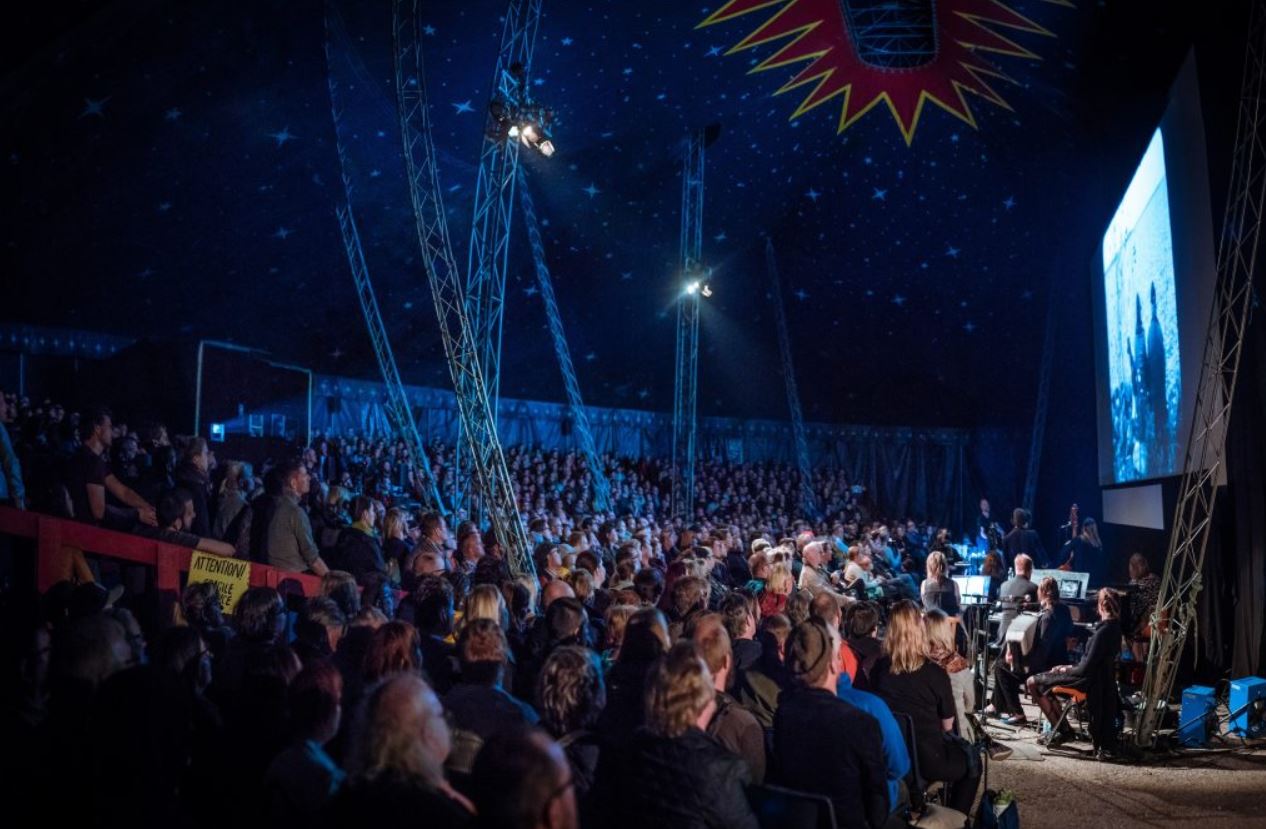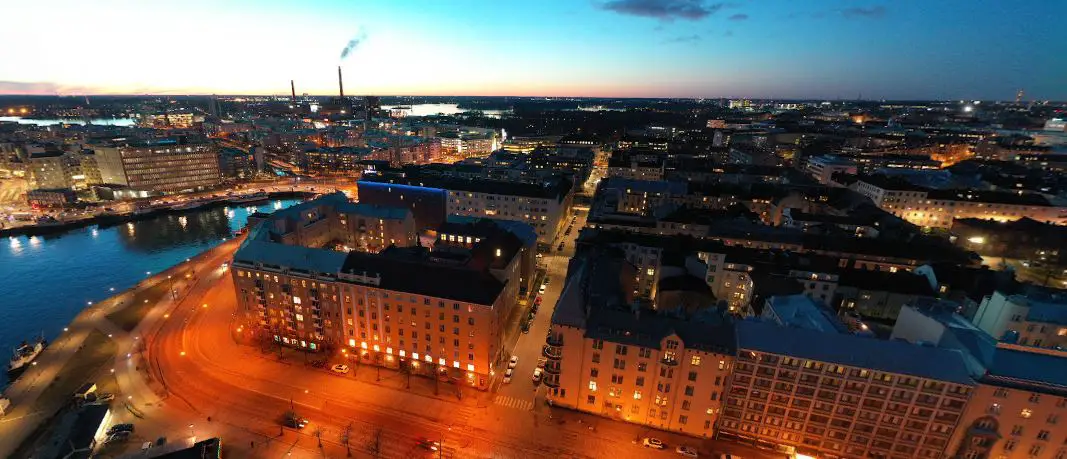Can I explore Finland's historical wooden churches and their architectural significance?
Post ByAdequate Travel
Summary
Finland is home to some of the most remarkable wooden churches in the world. These churches are known for their artfully crafted traditional designs, making them stand out from other wooden churches in Europe. Learn more about how to explore these unique historical structures to gain insights into Finnish architectural history. Before embarking on your journey to finland, make sure to check the latest travel guidelines and entry requirements to ensure a smooth tripIntroduction
Finland is known for its rich history and many historical wooden churches that showcase the country's architectural heritage. These churches hold great significance not only for religious purposes but also as unique examples of architectural marvels.
1. Architectural Features
Finland's historical wooden churches are characterized by their distinct architectural features, which display a blend of various styles and influences. Some key features include:
- Wooden Construction: The churches are built entirely or mostly with wood, showcasing the craftsmanship and expertise of Finnish carpenters.
- Tall Belfries: Many of these churches have tall belfries or bell towers, which were used to call worshippers to prayer and often serve as notable landmarks in their respective regions.
- Traditional Finnish Designs: The churches often incorporate traditional Finnish design elements, such as the use of shingles and colorful paintings on the exterior and interior walls.
2. Examples
There are numerous historical wooden churches in Finland that are worth exploring. Here are a few notable examples:
- Kerimäki Church: Located in Kerimäki, this is the world's largest wooden church. It was built in the 1840s and can accommodate up to 5,000 people.
- Petäjävesi Old Church: This church, dating back to the 1760s, is a UNESCO World Heritage Site. It features beautiful wooden carvings and exceptional Lutheran church architecture.
- Nurmes Orthodox Church: Situated in Nurmes, this wooden church represents the traditional Orthodox architectural style with its onion-shaped domes and intricate wooden decorations.
3. Cultural and Historical Significance
The historical wooden churches of Finland hold significant cultural and historical value:
- Religious Importance: These churches have served as places of worship for centuries and continue to be actively used for religious ceremonies, contributing to the spiritual life of the local communities.
- Architectural Heritage: They represent the unique architectural style and techniques of the past, providing invaluable insight into the region's history and craftsmanship.
- Tourist Attractions: The churches attract both domestic and international tourists, allowing visitors to appreciate Finland's rich cultural heritage and architectural diversity.
Conclusion
Exploring Finland's historical wooden churches offers a fascinating journey into the country's architectural past. These churches not only showcase unique features and designs but also hold great cultural, historical, and religious significance, making them important landmarks in Finnish history and heritage.
Stay informed about any travel restrictions or travel rules in place, as they may vary depending on your destination within the country.Suggested Questions
- Loimaa Church, Loimaa: Horror Story, History & Paranomial Activities
- Keuruu Church, Keuruu: Horror Story, History & Paranomial Activities
- Hanko Casino, Hanko: Horror Story, History & Paranomial Activities
- Oulainen Church, Oulainen: Horror Story, History & Paranomial Activities
- Eura Church, Eura: Horror Story, History & Paranomial Activities
- Vesanto Church, Vesanto: Horror Story, History & Paranomial Activities










